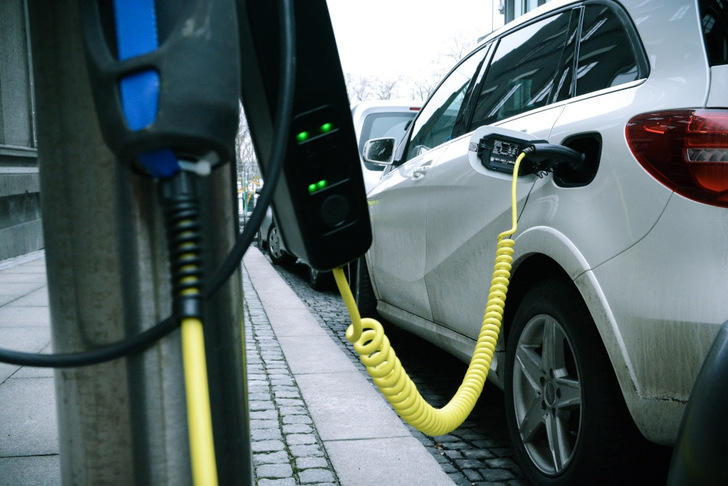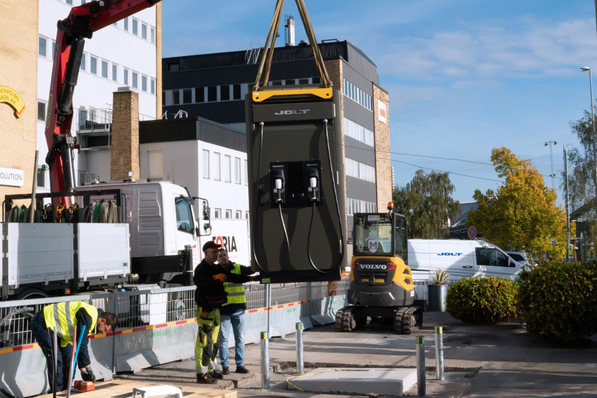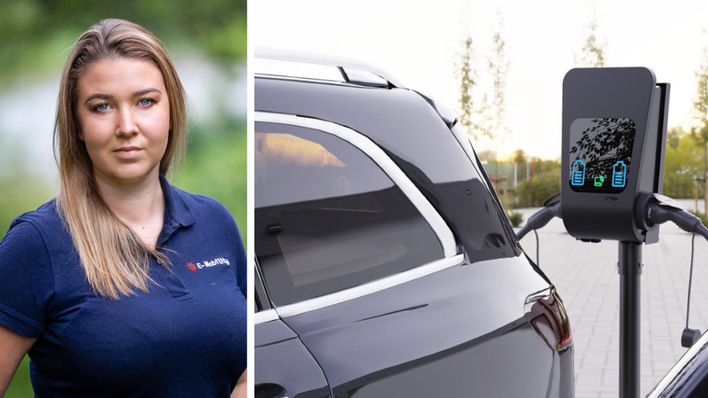While sales of electric cars are currently rather sluggish in Germany, the picture is different in Norway: around 84 percent of new cars registered on Norwegian roads in the first half of 2024 (new cars and imported used cars) were electric cars. This is according to statistics from Statistics Norway (SSB).
E-cars catch up with petrol cars
This means 2024 could be another record year. In 2023, the proportion of newly registered e-cars in Norway was 82% - higher than ever before. Around 732,000 electric cars are currently on the roads in the Scandinavian country. It is expected that more electric cars will be registered in Norway than petrol cars from September - this is unique in the world. Only the Norwegian diesel fleet, with around one million, is still slightly out of reach.
With a market share of around 17 percent in the first half of 2024, Tesla is at the top of Norwegian new car sales, with the Model Y being particularly popular. With a market share of around 11 percent, Volkswagen also makes it into the Norwegian top 3 after Toyota. VW's best-selling car is the ID.4.
Reasons for the Norwegian e-boom
But how can the continuing popularity of electric cars in Norway be explained? What do the Scandinavians do differently to the Germans? For one thing, the Norwegian government has long provided strong incentives for electric cars. For example, there were major concessions and tax breaks for electric cars, lower parking fees and permission to drive in bus and cab lanes. Some of these measures were withdrawn, but the e-cars remained.
According to Michael Kern, Managing Director of the German-Norwegian Chamber of Commerce (AHK Norway), the dense public charging network, which extends to the remote regions of Norway, also plays a role: “Such growth in e-mobility requires that the charging infrastructure keeps pace with the sales of electric cars - and does not become an obstacle to their introduction,” he says.
Fast-charging stations, which enable efficient and time-saving charging on the move, are particularly relevant here. In Norway, there were 7741 of these at the end of 2023 (in June 2024 there were 8550); Germany, with a population around 15 times larger, had 25,233 on January 1, 2024.
However, Kern points out that direct comparisons between countries are often difficult. “In Germany, for example, there are completely different market conditions that influence consumers when buying a car.” As far as the switch to electromobility is concerned, Norway also has favorable conditions - apart from the cold winter: “In addition to the smaller population, the country has a more manageable and less complex infrastructure that needs to be adapted. In addition, Norway has always generated well over 90 percent of its electrical energy from renewable sources - so electric cars have always been able to fully exploit their environmental advantage here.“
Reduced fees for grid-friendly charging
The grid operator Norgesnett, in collaboration with the software company Volue, recently started offering reduced grid charges for electricity customers who charge their electric cars in a grid-friendly way. “We are all in favor of the green transition, but for us as a grid operator, solar roofs and electric cars are also a challenge. When a lot of solar power from private homes flows into the grid on sunny days and more and more people charge their electric cars at night, this leads to an increasing load on the local grid,” says Vidar Kristoffersen, CEO of Norgesnett, which has around 100,000 grid customers.
The main motive behind the new eNabo service is therefore to facilitate the feed-in of more and more solar power from rooftops and the increased use of electric cars without having to increase grid charges to finance a massive grid expansion.
“Many of us have developed a relationship with smart charging of electric cars, i.e. charging at times when electricity is cheapest on the spot market, usually at night. The problem with this first-generation smart charging is that it does not take into account the load on the local power grid. It is not “grid intelligent”. That is the element we are now introducing together with Norgesnett,” says Kjetil Storset, who heads the ‘Neighborhood Systems’ initiative at Volue.
Offer for regions with particularly strained networks
In practice, the system is managed by service providers who offer smart charging. The service will be offered in areas where the grid is considered to be particularly congested. These are initially around 130 districts, the number of which will increase with the expansion of solar power generation. End customers who decide to participate in the program will receive an additional note from Norgesnett on their electricity bill showing the offset. This applies regardless of which electricity supplier they purchase their electricity from.
Also interesting: Norway – First large solar park connected to the grid
With the new system, the grid operator receives continuously updated forecasts of generation, consumption and bottlenecks in the local electricity grid for the coming days.
“This is a good start and one of several tools we need to develop more solar energy in Norway,” says Trine Kopstad Berentsen, CEO of the Solar Energy Cluster. (hcn)








